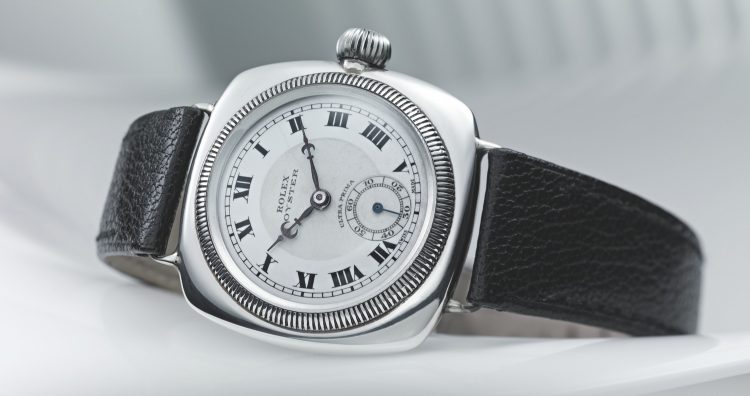
The Oyster, a waterproof and dustproof wristwatch developed by Rolex in 1926. This mechanism, which was the first in the world to make a wristwatch waterproof and dramatically improved its accuracy, continues to influence Rolex watches and almost all mechanical watches 90 years after its birth. In this issue, we focus on the Rolex Oyster and introduce its history and charms!
Suponsered by
The development of the Oyster was only possible because of Rolex’s pursuit of high precision
From the very beginning, Rolex was a manufacturer that developed watches with precision as a top priority. In 1910, five years after its founding, it became the first wristwatch to obtain chronometer certification, an official proof of accuracy. In 1914, the Kew Observatory in England, the highest authority on chronometric accuracy at the time, granted Rolex wristwatches a Class A This certification, which required an extremely rigorous 45-day inspection, was essentially reserved until then for large nautical chronometers. Thus, Rolex demonstrated, to the disbelief of almost no one at the time, that a wristwatch could be as accurate as any other type.
First Class A certificate (1914)
Prior to the advent of Rolex, wristwatches were considered to be less accurate and especially ornamental for women. It was also said by the watchmakers of the time that a wristwatch could not possibly be both durable and precise. Against this backdrop, Hans Wilsdorf, the founder of the company, set about producing a “waterproof case that could guarantee eternal protection against dust, sweat, water, heat, and cold,” which overcame the problem of precision. And in 1926, he developed the ” Oyster “.
First Oyster, Octagonal (1926)
Hans Wilsdorf, founder of Rolex, talks about the Oyster
The Rolex Oyster, which radically improved the reliability and precision of wristwatches, was a milestone in the history of watchmaking. The innovativeness of the Oyster at the time is realistically preserved in Hans Wilsdorf’s own words. In January 1927, a few months after the launch of the Oyster, he declared to a gathering of watch dealers, “We are making the best wristwatch in the world. He declared in high spirits, “Oyster is the best watch in the world. He declared, “I consider the Oyster to be the most important invention of the wristwatch in recent years. He also declared, “I consider the Oyster to be the most important invention in wristwatches in recent years. When Rolex was first established, it was based in London, not Switzerland. In just over 20 years, the brand has grown to the point where it can claim to have “produced more popular models for the British market than all the Swiss watch manufacturers combined.
Hans Wilsdorf, founder of Rolex
Hans Wilsdorf said that the Oyster “offered the ideal solution to a problem that has plagued many people since the watch was first put on the wrist. I predict that the Oyster will do more than anything to spark the wristwatch craze among men,” he continued. He continued. With the Oyster, he explained, you don’t have to take your watch off to wash your hands, take a bath, work in a dusty workshop, or sweat a lot. In fact, the Oyster became the watch of choice and trusted by numerous pioneers, from alpine climbers to deep sea explorers. The Oyster’s hermetically sealed case, with its screw-in bezel and ingenious patented system for the caseback and crown, perfectly protects the movement. It prevents water, dust, or anything else from getting into the movement, and since the oil inserted into the rotating shaft does not mix with the dust, there is no room for error and the watch always keeps perfect time. Another revolutionary feature is that it is achieved in a way that is compatible with the aesthetics of the design.
First Oyster, Cushion Shape (1926)
The origin of the Rolex Oyster name and its influence on Swiss watchmaking
The name “Oyster,” meaning “oyster,” comes from the fact that, like a bivalve shell (oyster), the parts of the watch remain intact even after being immersed in water for a long time. The word “oyster” was originally used as a metaphor for “tight-lipped” or “trustworthy. It was named after the fact that it lives in water and is impervious to any impurities. The Oyster, which was considered an impossible dream by most watchmakers and watch engineers, has successfully made the ‘waterproof’ watch a reality. Other watchmakers were forced to follow suit, and the result had a profound impact on the Swiss watch industry as a whole. Millions of francs were invested in the new waterproof technology, and the mechanical industry entered a new period of prosperity. At a time when it seemed to be facing fierce foreign competition, the Swiss watch case industry regained its number one position in the world.
The ” Perpetual ” developed to compensate for the Oyster’s shortcomings
Although protected by a waterproof case, the first Oyster still had one weakness. At the time, mechanical watches had to be wound by hand to supply the energy needed to run the watch. This meant that the water-resistant crown had to be loosened, which broke the barrier separating the outside from the inside of the watch and allowed moisture and dirt to enter. To perfect the Oyster concept and make the movement truly hermetic, it was essential to avoid this and devise a way to allow the movement to wind itself automatically without the aid of external energy. The automatic winding mechanism had been established as early as the 18th century for pocket watches, but nothing satisfactory existed for wristwatches. Hans Wilsdorf tackled this difficult problem and spent several years researching. In 1931, Rolex registered a series of patents for a self-winding mechanism with a freely rotating rotor called the ” Perpetual. The movement of the wrist rotated the rotor, which was engaged with the mainspring, allowing the watch wearer to wind the mainspring without removing the watch from the wrist.
Perpetual rotor (1931)
The advantages of the Perpetual compensate for the shortcomings of the Rolex Oyster
The Rolex Perpetual System had other advantages. The constant supply of energy to the mainspring greatly increased the precision of the watch movement. The Perpetual rotor, which freed the watch from the constraints of manual winding and further improved its water resistance and reliability, was a perfect example of the Oyster concept. Thus was born the Rolex Oyster Perpetual, a true prototype of the modern wristwatch. Today, all wristwatches are water-resistant to some degree, and many more are self-winding, but almost without exception they are influenced by the Oyster and free-rotor system perfected by Rolex.
The first Oyster Perpetual (1931)
Introducing the features of the current Oyster case!
Features of Oyster case (1) “Both design and functionality
As the world’s first waterproof case for a wristwatch, the Oyster case provided a major turning point in the history of wristwatch manufacturing. The neat and elegant watch case is a symbol of water resistance and robustness, a perfect combination of design and functionality. The current Oyster case is available in 904L steel, 18ct gold or 950 platinum.
Feature of Oyster Case (2) “Waterproof Performance by Sealed Structure
Thanks to the case’s sealed construction, all Oyster models today are capable of a minimum depth of 100 meters (330 feet). And the ultimate diver’s watch, the ” Rolex Deep Sea ” is water resistant to 3,900 meters (12,800 feet). The Oyster’s middle case (the central part of the case) is manufactured from a mass of 904L steel, 18ct gold or platinum. Extremely robust, this middle case acts as a brace that holds all the other parts of the case firmly in place. Some professional models also feature a crown guard integrated with the middle case. Another feature is that the back cover is screwed tightly into the middle case.
Feature of Oyster case (3) “Crown with advanced technology
The crown, which symbolizes a crowned Rolex watch, is composed of approximately 10 parts. Despite its small size, it is a masterpiece of advanced technology. This crown is screwed firmly into the watch case, completely sealing the case and ensuring a safe internal environment. It perfectly guards the movement from the hazardous external environment. In addition, authentic diver’s models feature a Twinlock crown and a Triplock crown, each with double or triple seals. Each is double- or triple-sealed, like the hatch on a submarine, to ensure high water resistance.
Feature ④ “Highly Functional Bezel” of Oyster Case
The bezel, which combines form and function, is also a key feature. The bezel, an important element that gives the Oyster watch its unique and strong personality, has been developed over the years in a variety of fixed and rotating configurations. A wide variety of new functions have been equipped to suit the type of watch, such as diving time, second time zone, 24-hour display, and tachymeter.
Feature of Oyster case (5) “Design of engraving
Originally, the engraving on the Oyster bezel had the functional purpose of screwing the bezel into the case and ensuring the water resistance of the watch. Therefore, the engraving is also applied to the back of the watch, which, for the same reason of maintaining water resistance, is screwed into the case using Rolex’s proprietary tools and cannot be opened without the use of a manufacturer’s special tool. Over time, this fluted bezel became a design element and a Rolex symbol. Today, the engraving on the bezel is a symbol of excellence and is produced exclusively in gold.
A Rolex masterpiece based on the Oyster Perpetual!
Over the decades, Rolex has developed an extensive collection based on the Oyster Perpetual. Each new model was designed to meet the special needs of every environment. In 1945, to commemorate its 40th anniversary, Rolex introduced a gold Oyster Perpetual with an innovative date display in a small window at 3 o’clock on the dial. The Oyster Perpetual Datejust in gold with an innovative date display in a small window at 3 o’clock on the dial was launched in 1945 and became very popular. The Oyster collection subsequently evolved along two key axes.
Oyster Collection “Classic Model
The first were elegant classics such as the Datejust, the Day-Date launched in 1956, which displayed the day and date, and the Sky-Dweller launched in 2012, which featured a calendar and dual time zone.
Oyster Collection “Professional Model
The other is the special Oyster, a true tool with characteristics and functions for specific activities, known as a professional watch. The ” Oyster Perpetual Explorer ” is a typical example of this professional watch. Launched in 1953 after the first ascent of Mount Everest, the Explorer was a standout with its extremely high legibility in all conditions, luminescent dial and metal bracelet.
Also in 1953, Rolex introduced the ” Oyster Perpetual Submariner ” developed specifically for deep sea diving, with enhanced water resistance and a graduated rotating bezel. In these Oyster models, design follows function. The model name often indicates the type of people for whom the watch was designed.
Professional models, the prototypes of watches in various fields
The professional models in the Oyster collection – Explorer, Submariner, GMT Master, Yacht-Master, and Cosmograph Daytona – all set the standard in their respective fields and became the prototypes for watches for explorers, pilots, and racing drivers. The first Oyster was born 90 years after the first Oyster was created. For 90 years since the first Oyster was created, the company has been producing extremely high-performance wristwatches, using exceptional technology to fulfill the vision of its founder.

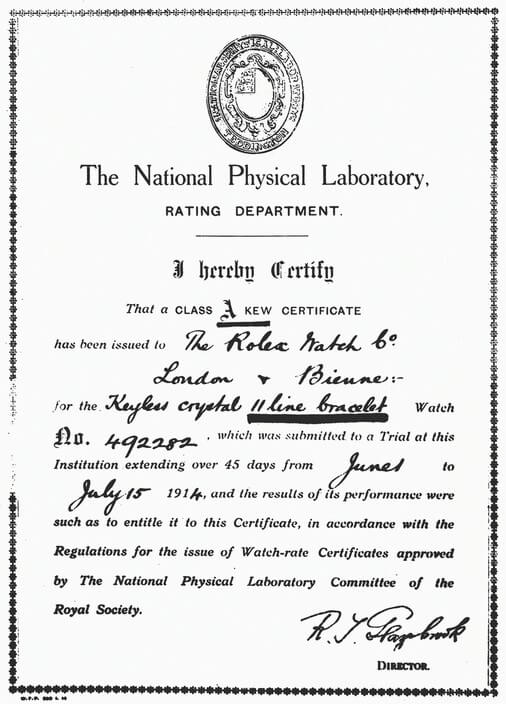
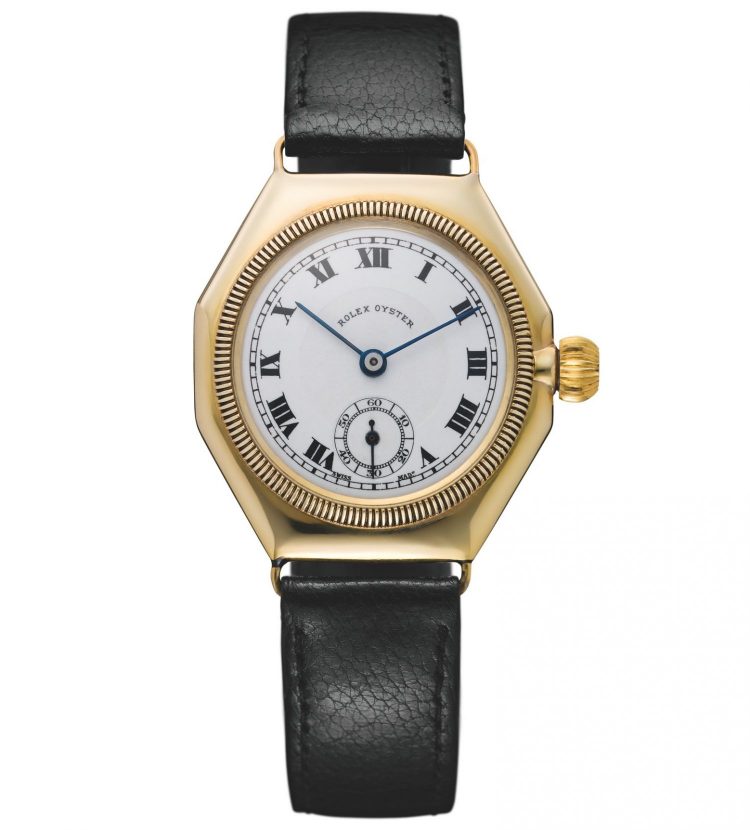
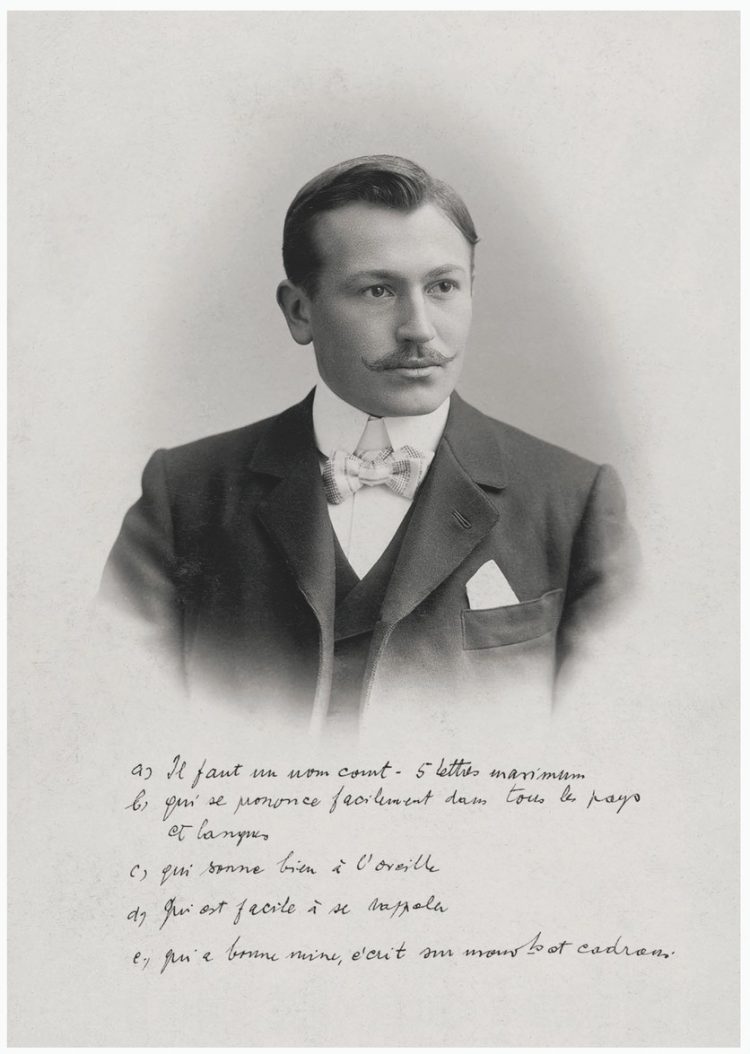
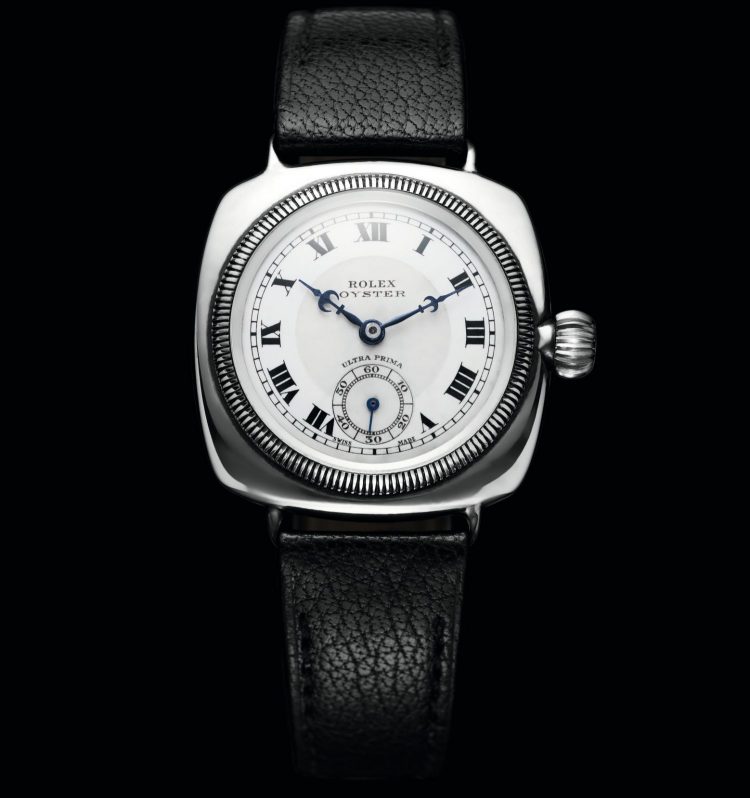
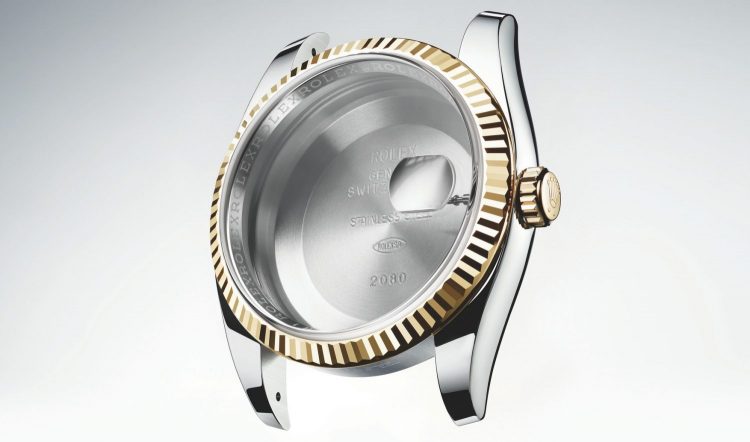
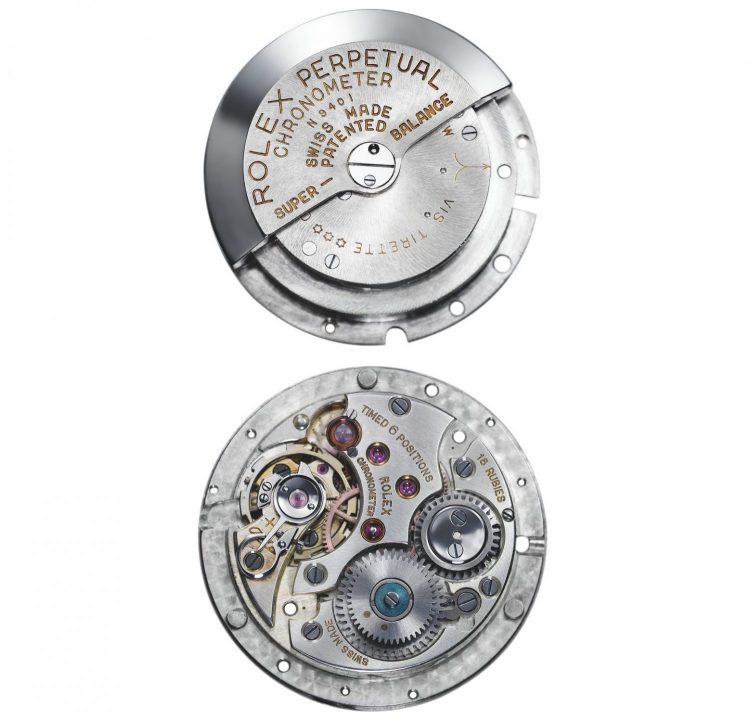
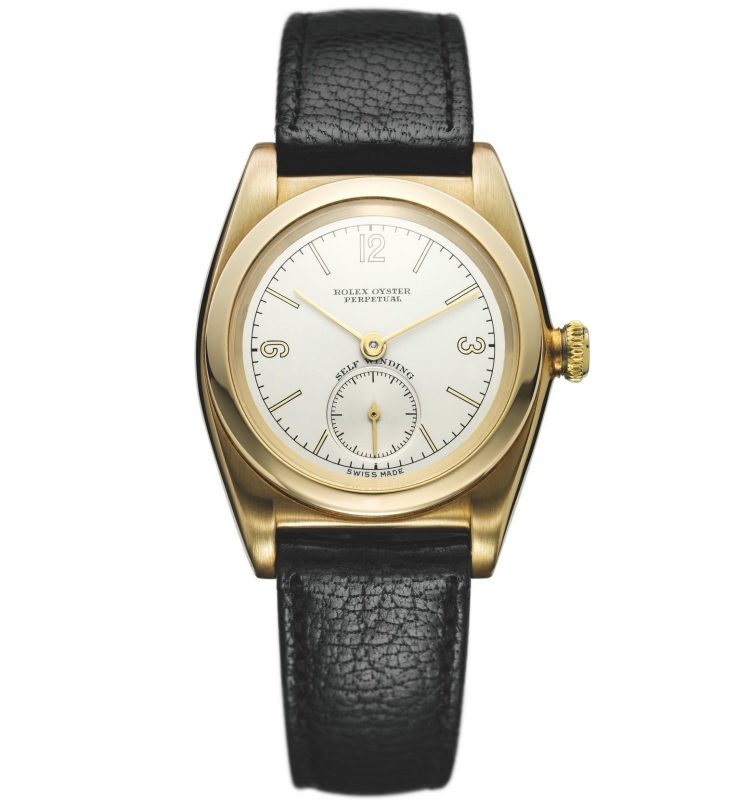
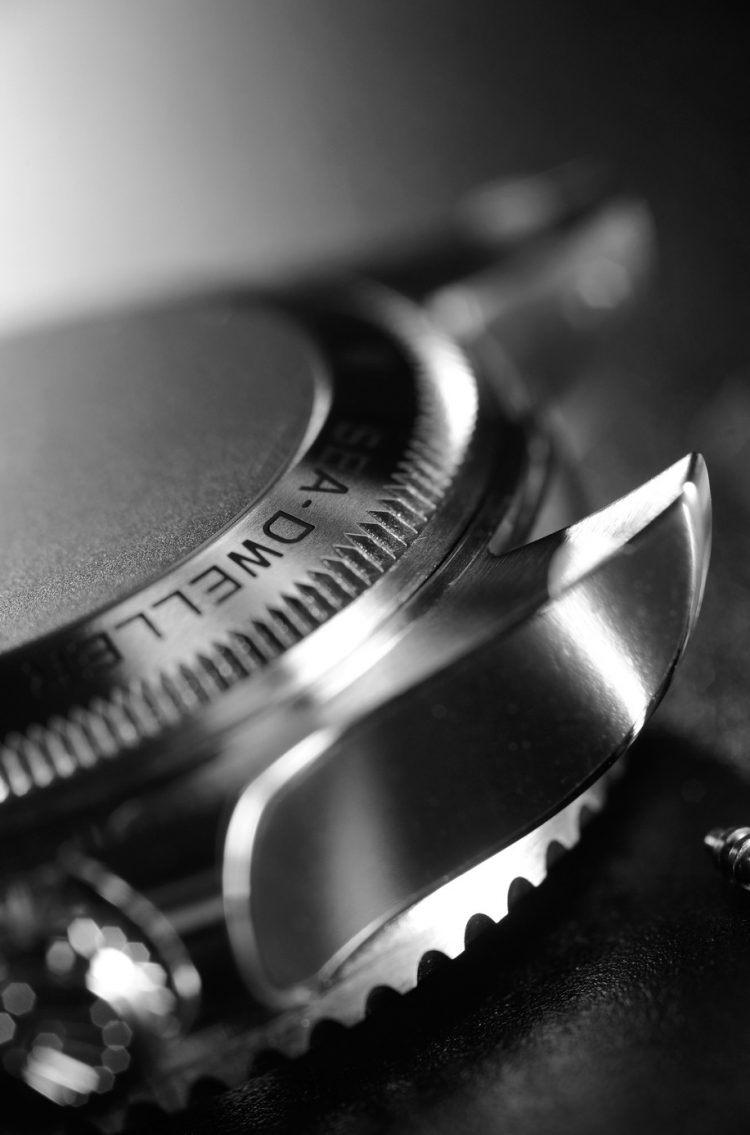
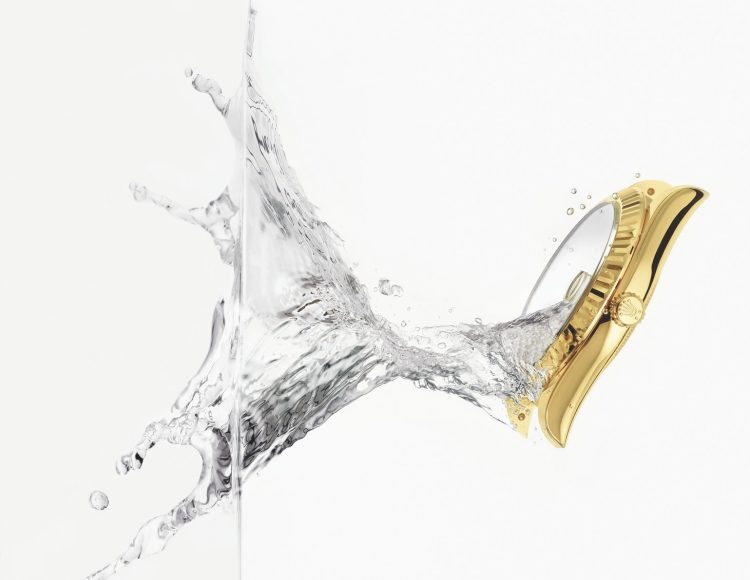

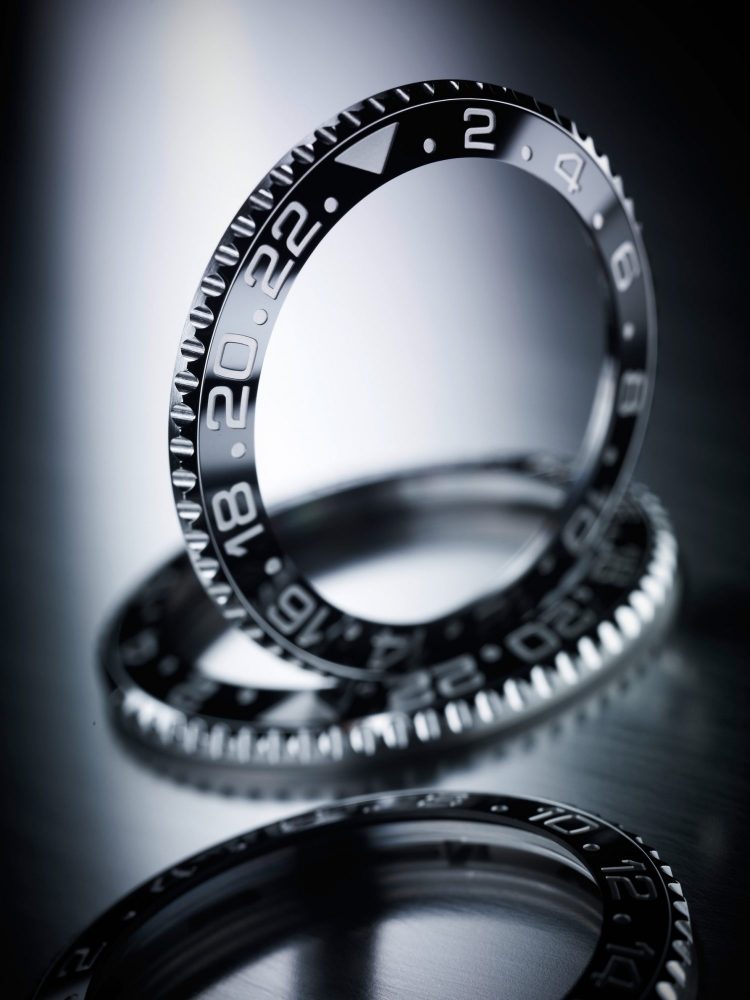
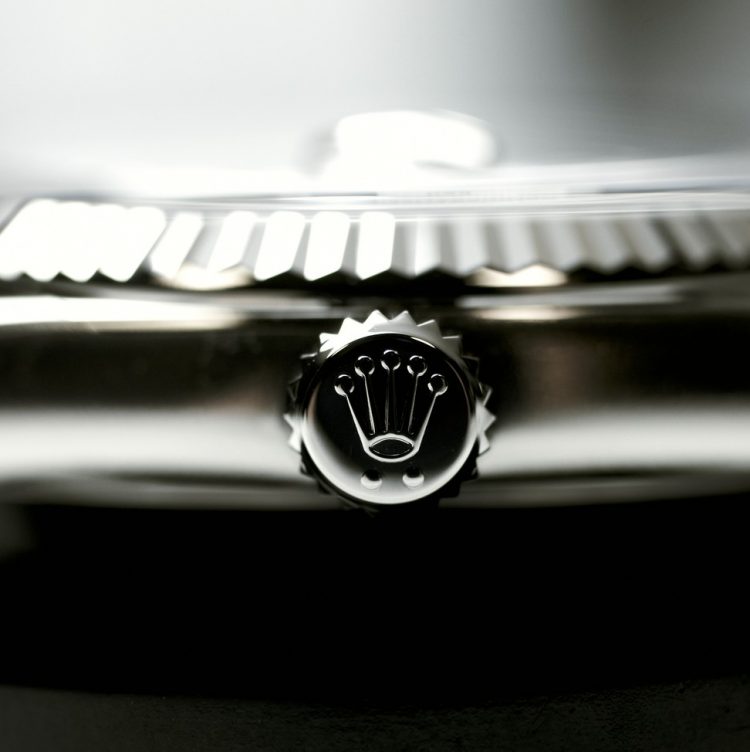

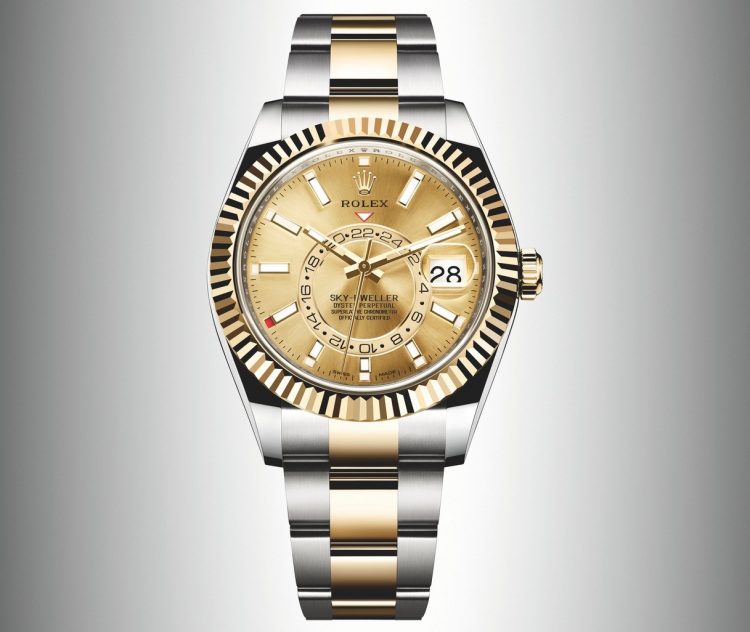
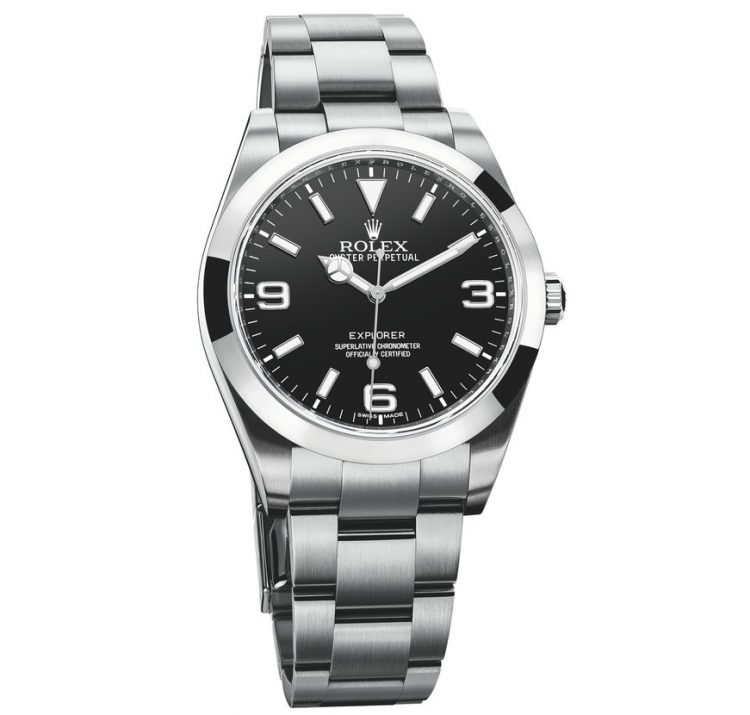
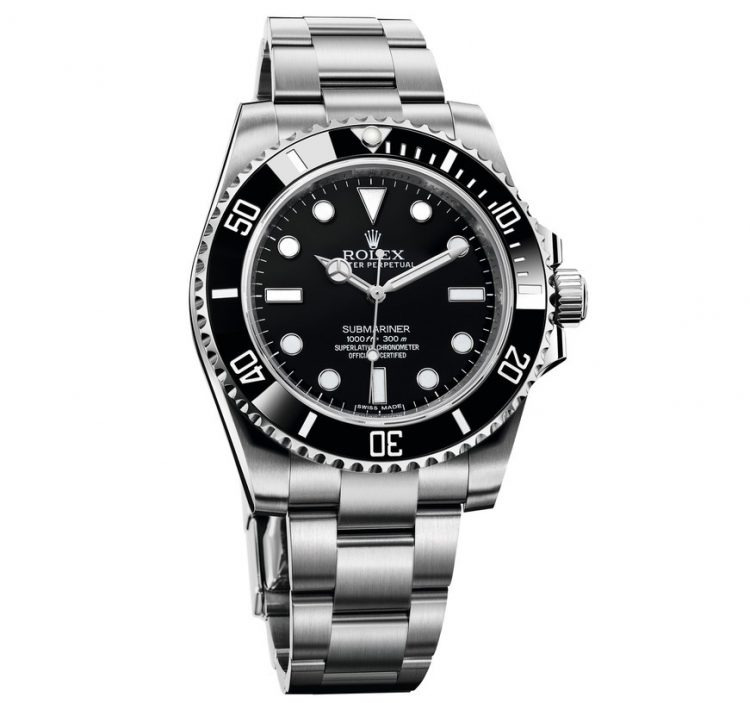
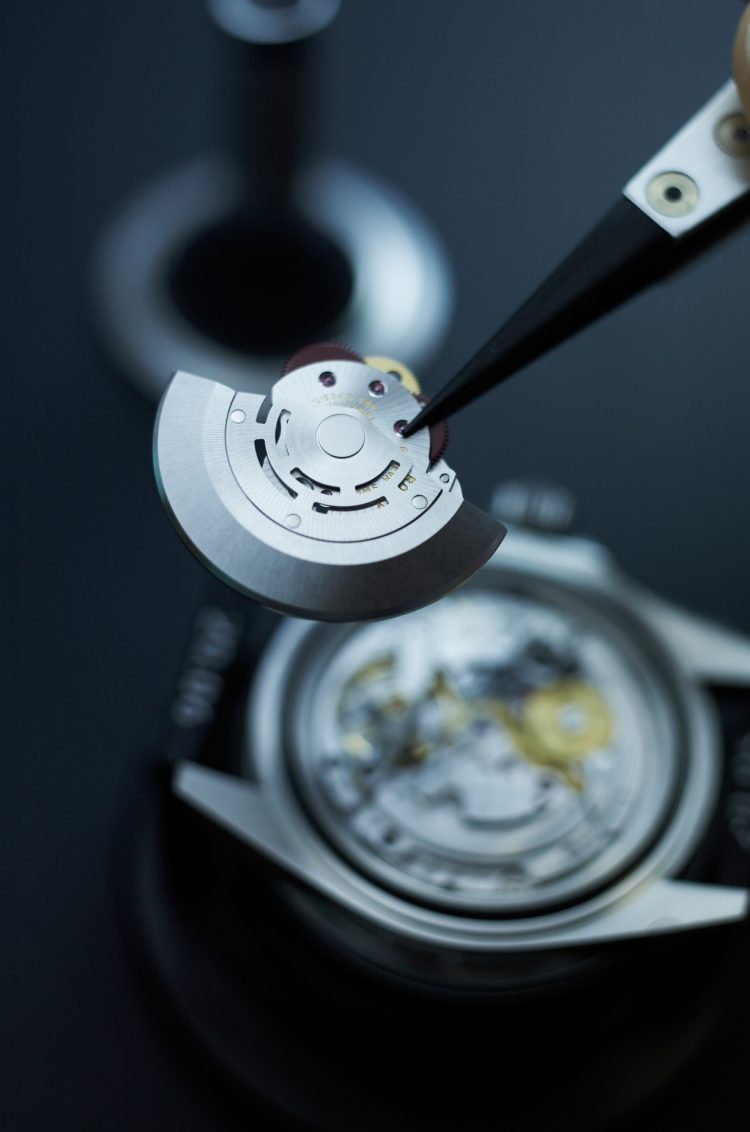
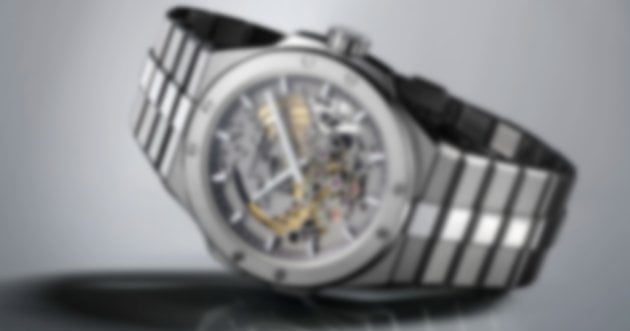
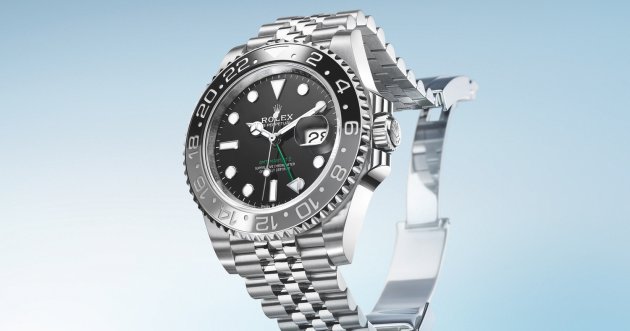
![[ Flash Report ] Summary of the Latest “ROLEX” Models for 2023](https://otokomaeken.com/wp-content/uploads/2023/03/rore-630x331.jpg)
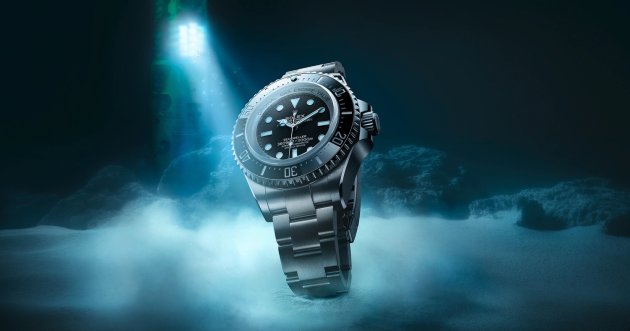
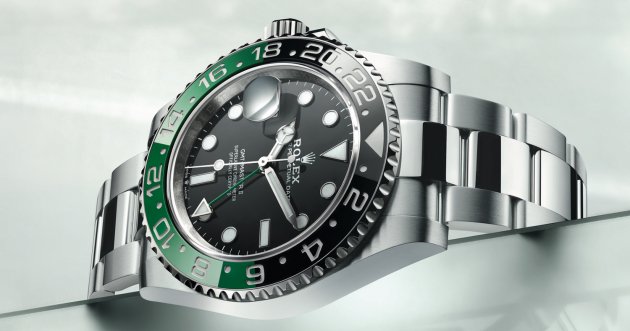
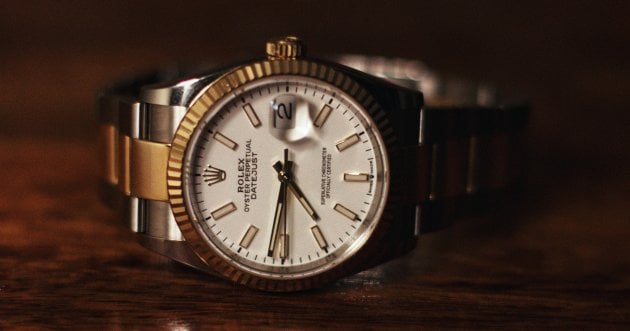
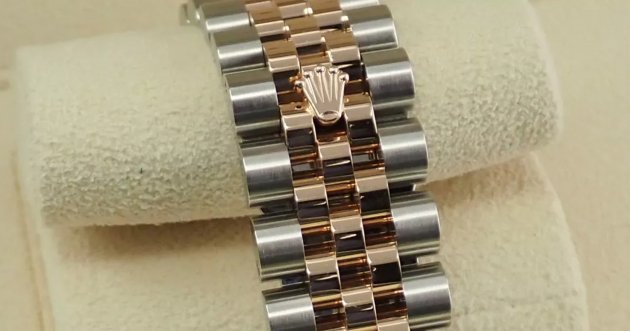
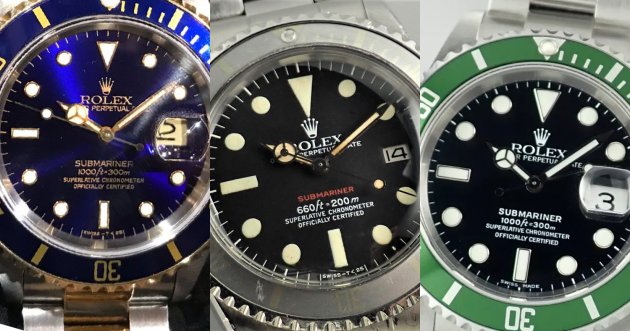
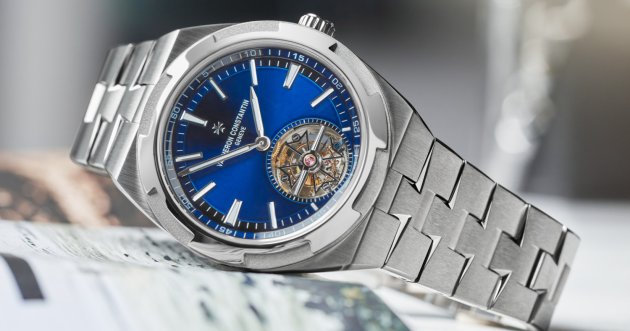








![Introduction of Orient Watches and Their Standard Models [ A Leading Japanese Watch Manufacturer ].](https://otokomaeken.com/wp-content/uploads/2016/11/7dd4c3f74f006b34bb1d70d7adebd54e-13-115x60.jpg)






